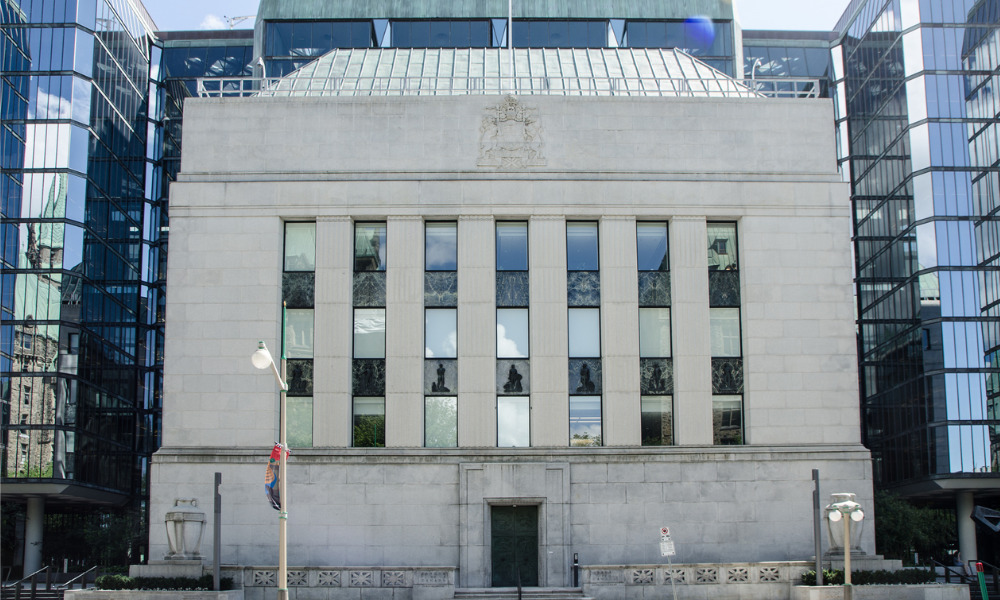Inflation across most developed economies has steadily eased over the last few months, the central bank says

The Bank of Canada’s governing council is continuing to debate the need for further rate increases, the central bank said in its just released summary of deliberations covering its October 25 policy announcement.
The latest policy rate decision was made amid a backdrop of moderating global growth, as inflation across most developed economies has steadily eased over the last few months. The Bank said that this was consistent with its July projections.
“However, the composition of global growth had shifted, with the US economy proving to be more resilient and China’s economy more sluggish than expected,” the BoC said.
“[Governing council] members also observed that equity markets had largely held up despite the rise in yields due to continued strong earnings reports and strength in technology stocks related to artificial intelligence.”
In lockstep with this trend, Canada has also posted slower economic growth over the past year, averaging at just around 1%.
“Consumer spending was weaker than expected,” the BoC said. “Household credit growth had declined substantially as households adjusted to higher borrowing costs.”
Canadian market players are anticipating that the central bank will begin cutting its benchmark policy rate on April 2024, according to a new survey by the Bank of Canada.
— Canadian Mortgage Professional Magazine (@CMPmagazine) November 8, 2023
Read more: https://t.co/bGAxilg5JP#MortgageIndustry #InterestRates #RateHike #Mortgage
Inflationary pressures continue to loom
The BoC warned that multiple signs currently point to persistence in inflation.
“Measured on a three-month annualized basis, core inflation had been stuck in a range of 3.5% to 4% for the past year, suggesting little downward momentum in underlying inflation,” the central bank said, adding that it is estimating inflation to reach its 2% target only by 2025.
While monetary policy continued to steer the economy towards more moderate waters, “the stickiness in core inflation measures reflected the fact that excess demand remained in the system or that inflation could be becoming entrenched.”
“Wage growth, if sustained at the current pace of 4% to 5%, would be inconsistent with restoring price stability,” the BoC said. “Members agreed they would be watching closely to see if higher labour costs began to be reflected in renewed inflationary pressures.”



